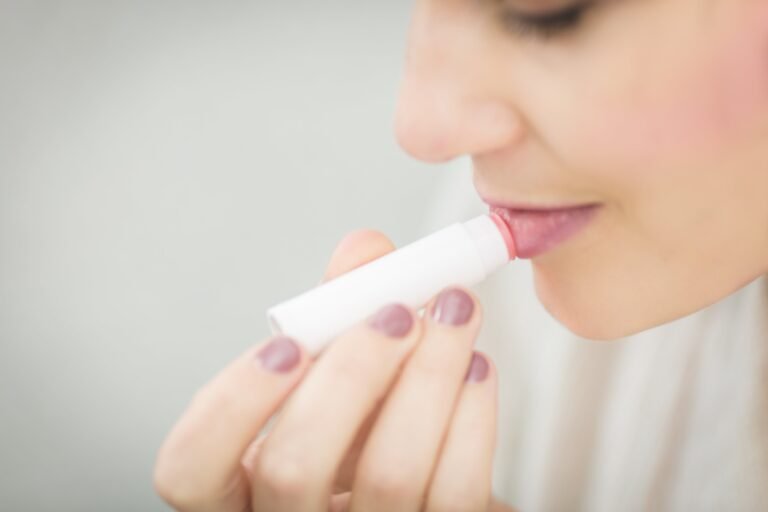Given the increase in consumer awareness and demand for safer, more natural products, many industries are looking to alternatives to parabens for their preservative needs. Parabens, although effective in preventing the growth of bacteria, fungi and yeasts in cosmetics and food, have come under scrutiny due to potential health concerns. This blog explores alternative preservatives that offer the benefits of parabens without the associated risks.
Natural Preservatives
Plant extracts and essential oils
• Description: Plant extracts and essential oils, such as neem, tea tree and rosemary, have natural antimicrobial properties. These ingredients not only extend the shelf life of the products but also contribute to their aromatic and healing properties.
• Benefits: Considered safer and more environmentally friendly. In addition, they can offer additional skin or health benefits, enhancing the appeal of the product.
• Remarks: The concentration must be done carefully to ensure effectiveness without causing skin irritation or sensitivity.
Vitamin E (tocopherol)
• Description: Vitamin E is a powerful antioxidant that helps protect products from oxidation, thus extending their shelf life.
• Benefits: In addition to its preservative properties, vitamin E is known for its nourishing properties, which makes it a popular choice in skin care formulations.
• Notes: It is most effective in oil-based products and may need to be combined with other preservatives for broad-spectrum protection.
Synthetic Alternatives
Phenoxyethanol
• Description: Glycol ether used as an alternative to parabens, offering effective antimicrobial properties against a wide range of pathogens.
• Benefits: It is considered safe for use in cosmetics by many regulatory authorities worldwide, with restrictions on its concentration.
• Remarks: Some people may experience sensitivity or allergic reactions, so its use should be clearly labeled.
Ethylhexylglycerin
• Description: Emollient and preservative enhancer that, when used in combination with other substances, improves their effectiveness.
• Benefits: Not only does it enhance the antimicrobial performance of other preservatives, it also serves to improve the skin feel of the product.
• Considerations: Although generally well tolerated, it is important to consider the overall formulation to ensure skin compatibility.
Innovative Preservatives
Polylysine
• Description: Natural peptide derived from fermentation processes, known for its broad-spectrum antimicrobial activity.
• Benefits: Polylysine is effective against a wide range of microorganisms and is biodegradable, making it a sustainable choice.
• Remarks: Manufacturing costs and formulation challenges may limit its use in some products.
Fermented Preservatives
• Description: Ingredients such as radish root fermentation filtrate and lactobacillus fermentation are gaining popularity as natural preservative systems.
• Benefits: These ingredients offer antimicrobial properties derived from the fermentation process, along with additional skin benefits from the peptides, amino acids and antioxidants produced.
• Considerations: Efficacy may vary depending on formulation and specific strains used, requiring thorough testing.
conclusion
The search for alternatives to parabens has led to a variety of options, ranging from natural extracts to innovative synthetic and fermented compounds. Each alternative comes with its own set of benefits and considerations, highlighting the importance of choosing the right preservative system based on product type, intended use and target market. As consumer preferences continue to evolve, the development of safe, effective and sustainable preservatives will remain a key focus in product formulation.
This exploration demonstrates the industry’s commitment to meeting consumer demand for safer, more natural products without compromising quality or efficacy. By carefully selecting and combining these alternatives, manufacturers can create products that not only maintain efficiency but also improve the overall consumer experience.
At EpiLynx, we have generally chosen not to use parabens, but instead use a blend of the safer options above.
